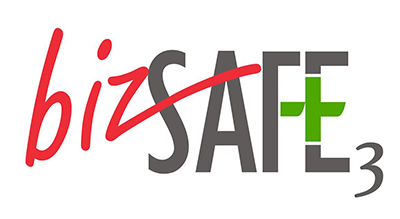2025 Guide on Commercial Renovation Costs in Singapore
As customer expectations shift, Singapore’s commercial areas will radically alter in 2025. Commercial renovation that combine innovation, wellness, and compliance are due to hybrid work and stringent sustainability requirements. Businesses that embrace immersive technology and innovative workspaces will future-proof their investments and gain long-term savings, loyalty, and productivity.
Commercial Renovation Costs by Sector
Renovating commercial premises in Singapore is generally an investment strategy that would greatly increase productivity and customer attraction and align the business with changing trends. However, the cost is hugely different depending on the sector, scale, and specifications of the project.
As the trend points to 2025, here is a detailed analysis of the expectations across predominant industries.
Office Renovations: Balancing Functionality and Future-Proofing
Office renovations strike a balance between future-proofing and staff well-being.
Modular workstations, repainting, and fixture changes are minor renovations that cost around SGD 30 to 60 per square foot. High-end finishes and top-notch A/V components cost more than SGD 100 per square foot. In contrast, mid-range projects incorporating technology, ergonomic furniture, and collaboration areas cost SGD 70 and SGD 100. The average cost of an entire floor restoration is about SGD 660 per square foot.
To remain competitive, spend 10–15% of your budget on hybrid work tech infrastructure, such as IoT-enabled equipment and soundproof pods.
Retail Spaces: Crafting Immersive Customer Experiences
Renovating retail interiors in Singapore is visually and consumer-centric.
A small store (less than 1,000 square feet) will spend between SGD 20,000 and SGD 50,000 for lighting, shelving, and signs. The medium-sized retailer may spend anywhere between SGD 50,000 and SGD 100,000 on digital kiosks, branded interiors, or interactive displays. Luxury materials, unique fittings, and augmented reality installations can cost up to SGD 400–500 per square foot, and the most ostentatious companies sometimes have flagship stores that cost above SGD 100,000.
We expect an increase in demand for eco-materials (such as reclaimed wood, low-VOC paints, etc.), which can increase budgets by 5–10% because sustainability is a must. Still, consumers will be well attuned to them.
Restaurants and F&B Outlets: Where Aesthetics Meet Compliance
Restaurant renovations are among the most challenging due to stringent safety and hygienic requirements. Total renovations (including kitchens) can range from SGD 50,000 to over SGD 100,000, with front-of-house upgrades (dining rooms) typically costing between SGD 100 and 150 per square foot.
The average cost of kitchen retrofitting, which includes venting, commercial appliances, and fire safety systems, is between SGD 10,000 and SGD 50,000. High-end F&B ideas with handcrafted tiling or custom lighting, such as open kitchens or themed dining, might cost SGD 500–600 per square foot.
Select long-lasting, easily cleaned surfaces to reduce maintenance time over time. Because of their adaptability, modular designs are likewise becoming more and more popular.
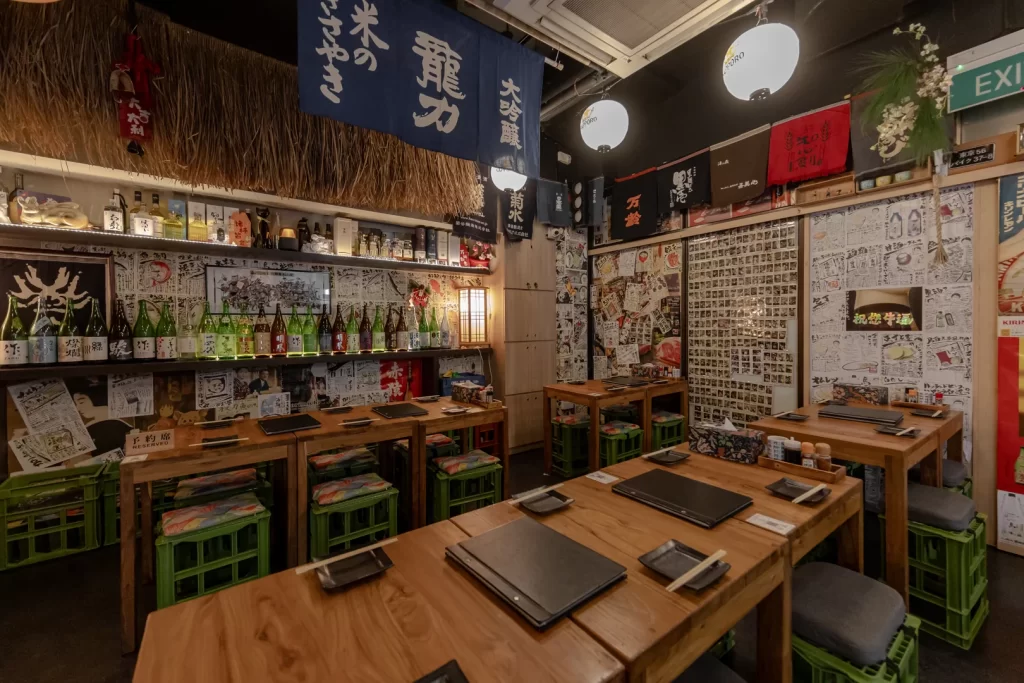
Healthcare & Wellness: Precision and Compliance
Specialised designs and materials are paramount in healthcare renovation.
Budgets for tiny clinics (less than 1,000 square feet) may range from 50,000 to 100,000 SGD for items like medical equipment wiring, privacy dividers, and reception areas. The cost of mid-size clinics (1,000–2,000 square feet) can range from 250,000 to 500,000 SGD, taking into account acoustic panels, wheelchair accessibility, and sterilizing spaces.
With expenditures ranging from SGD80 to SGD150 per square foot for calming color schemes, humidity-resistant flooring, and specialized lighting, wellness centers (also known as Centres Studios) place a strong focus on atmosphere. This can lead to drastically curtailing decorations and extra amenities.
Post-pandemic rules continue to tighten. Assign approximately 5-10% of your budget for air purification systems or install touchless fixtures.
Industrial & Warehouse Spaces: Efficiency at Scale
Industrial renovations emphasise functionality. The cost of medium upgrades (SGD 100-200 per sqft) includes potential improvements like reinforced flooring, energy-efficient lighting, or mezzanine installations; essential upgrades like painting and minor repairs cost SGD 30-50 per sqft.
However, major commercial renovation, like turning a large warehouse into a tech hub, might cost more than SGD 450 since they require seismic retrofitting, HVAC systems, and structural strengthening.
With Singapore’s aim for smart manufacturing, there will be increasing demand for IoT-enabled infrastructure, which can add anywhere between 15% and 20% to the costs of tech-centric projects.
Hidden Costs & Pro Tips for 2025
- Permits & Compliance: Allocate 5-10% of the estimate toward required licenses, particularly in regulated industries like healthcare.
- Material Volatility: Cost increases due to shifting global supply chains may affect imported finishes’ costs. Buy locally whenever possible.
- Contingency Fund: Reserve 10-20% of the estimate for accidents such as plumbing defects and electrical rewiring.
Key Factors Impacting Commercial Renovation Costs
Renovating a commercial space in Singapore is not only a typical challenge. Many challenges are internal, but specific trends are influencing this capital-intensive activity. Of course, by the time businesses are ready for 2025, having a grip on these cost drivers becomes critical in budgeting and completing a project successfully.
Here are the main drivers of commercial renovation costs above the average height for next year:
Design Complexity & Customisation
The more customised and personalised your space design gets, the higher the capital investment will be.
Complicated layout plans, brand-specific aesthetics, or high-tech integrations whereby the Internet of Things-enabled systems or Building Information Modelling comes into play call for professional designers conversant in such areas and highly trained speciality workers. Custom woodwork, custom lighting, or biophilic designs can incur additional costs of 20-30%, depending on the challenges presented by Singapore’s stringent building laws.
Expect techies such as automated climate control or augmented reality features to be upfront costs but worth it in terms of operational efficiencies.
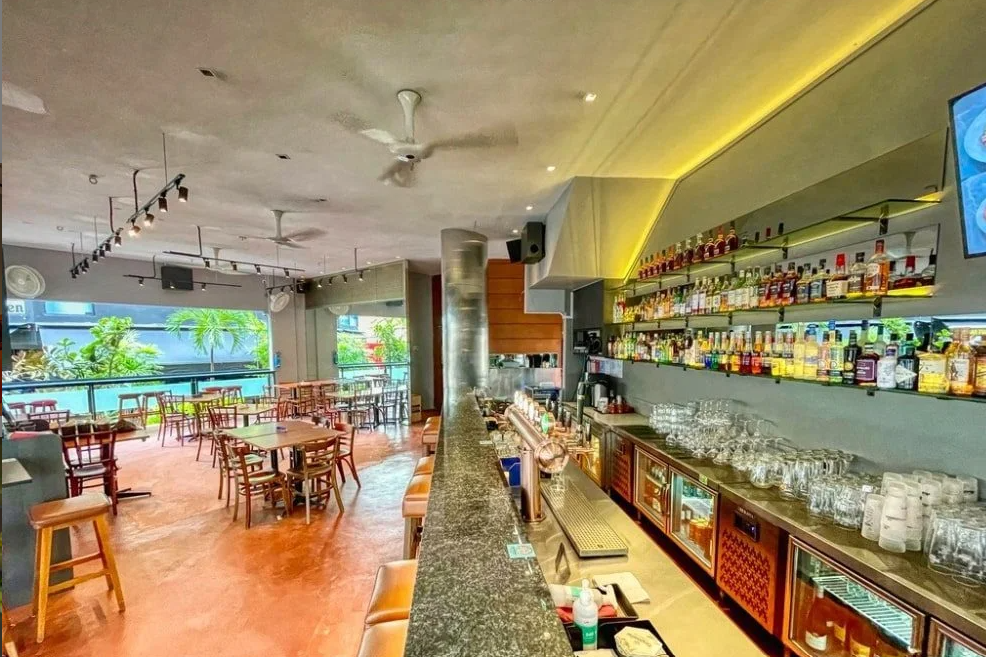
Material Quality & Volatility
Material selection can either break or make a budget.
Premium materials like marble, engineered hardwood, or acoustical panels are expensive. Still, sustainable alternatives like bamboo flooring, reclaimed steel, etc., present an interesting dichotomy between eco-compliance and the ability to withstand abuse.
However, high logistic costs due to global supply chaining and inflation may increase the price of imported construction materials such as cement or steel.
Why not consider recycled and locally sourced materials? These help counteract probable delays and comply with Singapore’s Green Mark certification requirements.
Labor Costs & Shortages
The premium charges for skilled labour remain hefty, especially the hours they must devote to work on precise projects, like in healthcare facilities or smart offices. A persistent labour shortage could increase timelines and inflate wages between 10 and 15 per cent in 2025.
Make contracts with general contractors with experience in phased commercial renovation to maximise their workforce allocation.
Regulatory Compliance & Permits
Singapore’s strict regulations add cost layers.
Renovations in prime areas like Orchard Road have more stringent zoning regulations; projects requiring URA approvals or BCA permits incur fees and additional consultancy costs. Noise limitations are weekdays and Saturdays, thus restricting the schedule.
Go for a 5-10% addition to account for permits. Hire Qualified Persons (QPs) immediately to avoid extra charges.
Location & Logistics
The costs of urban centres like Marina Bay include access problems, parking charges, and inflated real estate values. Transportation of materials to the higher floors or access problems along narrow streets in heritage districts could add 5-8 per cent to logistics costs.
Did You Know? You can save up by renovating a house in the suburbs. Still, it also means that specialised contractors are not available.
Economic Trends & Inflation
Increasing inflation and Singapore’s push for innovative and sustainable buildings will affect the budgets for 2025.
Energy-efficient systems (EMIS; LED lighting) and solar integrations may raise the initial capital expenditures but will ensure savings in the long run. Global material shortages can also affect price stability.
Provide a 15% to 20% contingency to account for economic uncertainties.
Hidden Challenges & Structural Issues
Surprises often crop up in older buildings – defective wiring, asbestos, or plumbing fiascos – while carrying on with demolition works.
Sometimes, unforeseen structural reinforcement or fire safety upgrades can reduce the budget by 10 to 25 per cent. To mitigate this, thoroughly perform pre-renovation inspections and set aside a contingency fund.
Project Scale & Scope
Renovating a small coffee shop of about 1,000 square feet can cost SGD 20,000 to SGD 50,000. Renovating a multi-story office can cross the SGD 500,000 mark. Complete commercial renovation involving layout changes, like moving to an open-plan office or adding a commercial kitchen, will mean more material costs, labour, and time spent.
As a Rule of Thumb, large spaces should be renovated in phases to facilitate cash flow.
Cost-Saving Strategies for Commercial Renovation
Renovating commercial space in Singapore does not have to cost a fortune. Kin is at an all-time high, with increased material and labour costs in 2025. Source materials strategically and plan to work creatively to keep on-site costs.
Here is how one can get the best for the least amount of money:
Plan Smart, Spend Smarter
Good planning is your ultimate first line against going over budget.
- Set a Realistic Budget: Factor in a contingency fund of about 10-15% for surprises like hidden structural issues or delays in permitting. Use some form of renovation journal to help with expense tracking.
- Phase Your Project: Renovate in phases; that is, do the public areas first retail storefronts first and enter the back-end areas thereafter. This will spread costs over a more extended period and reduce the interruption to operations.
- Avoid Changes During Commercial Renovation: Start with the designs set in stone. Changes made at the last minute can increase labour costs and material wastage, sometimes by as much as 20% or more.
Material Hacks for Maximum Savings
Material selections significantly impact your budget.
- Repurpose and Reuse: Lift your space by reupholstering existing furniture or repainting the walls instead of outright replacement. For example, reclaimed steel and wood bring good character into the space at less than half the price of new materials.
- Budget Options: Replace marble with large-format porcelain tiles or selects vinyl flooring (SGD 4-6/sqft) instead of more expensive hardwood (SGD 30-50/sqft).
- Buying in Bulk & Group Purchases: Team up with other firms for bulk buys for fixtures or join in on grouping buys for appliances such as green HVAC systems.
Cut Labor Costs without Cutting Corners
Labour shortages will command premium rates for skilled workers by 2025.
- DIY: If the task is straightforward, like painting or installing shelves or assembling furniture, do it yourself and engage contractors directly for specialised work (do not engage project managers).
- Adopt Prefab Solutions: Modular construction eliminates 30 – 50% of on-site labour. Companies like SMART BUILD by KES Group customise and provide factory-built modules, significantly decreasing timelines and wastage.
- Negotiate Contracts: Pick a few contractors (Shelf N Store, ID21) to compare quotes and for negotiated bundled contracts covering design and build services.
Energy Efficiency: Save Now, Save Later
Singapore’s Green building initiatives focus on saving in the long run.
- Smart Upgrades: Consider installing LED lights with motion sensors (which can reduce energy consumption by 40%) and Variable Refrigerant Flow (VRF) HVAC systems for zoned cooling.
- Seal and Insulate: Improve window glazing or insulation to avoid air conditioning. Some upgrades for BREEF are even fundable under the Building Retrofit Energy Efficiency Financing scheme.
- Capture Daylight: Skylights or glass partitions reduce daytime lighting loads and improve aesthetics.
Tech-Driven Project Management
Remove bottlenecks in processes to avoid delay or wastage.
- Get Project Management Tools: Applications like Trello or Procore will also allow you to track timelines, budgets, and communications with contractors in real-time.
- Prefab MEP Systems: Prefitting all the electrical and plumbing modules keeps the errors and reworks minimal on-site.
Source Strategically
- Local over Imported: Procuring all materials from nearby suppliers like bamboo floorings or hemp insulations to avoid delays and tariffs.
- Online marketplaces: Platforms like Taobao and Shopee are cheap fixtures that help check supplier quality and delivery timelines.
It’s great to focus on impact. Consider investing in high-density areas such as a modern reception area or efficient kitchen layout while leaving secondary spaces bare. The effect resembles a café spending money on eye-catching lighting but opting for hardy, non-maintenance tabletops.
2025 Trends Shaping Renovation Costs in Singapore
In 2025, as Singapore moves closer to a tech-driven, sustainable future, the following significant factors will affect the cost of commercial renovation:
Making Sustainability as the Norm
In short, government initiatives-from introducing a carbon tax to enjoining establishments to comply with the Green Mark standards every renovation to comply with eco-friendly design concerns.
For example, reclaimed steel added high initial costs, even energy-efficient systems presents savings in the long run through lower utility bills and the availability of grants.
Tech-Efficiency
AI-based design tools like building information modelling streamline, plan, and minimise mistakes. There are plenty of investments in innovative ventilation and virtual reality technologies that decrease labour and energy costs over time.
Healthier Spaces
These enhancements include the use of biophilic design, better air filtration, and the installation of antimicrobial surfaces. Post-pandemic and emphasising well-being, there would be lower absenteeism and, thus, increased productivity against material cost increases with such products.
Flexible Workplaces
Such emerging hybrid work models call for flexible designs. Movable walls and multi-purpose furniture make this possible; cheaper solutions would cover evolving needs.
Economic Climatic Pressure Conditions
Costs continue to rise due to inflation and the non-availability of labour. Timed Renos and modular systems will help by phased dissociating costs and better managing disruptions.
Conclusion
Renozone combines creativity and functionality in every project — whether it’s a spacious 5 room HDB renovation, a sleek 4 room HDB design, or a smartly optimized 3 room HDB interior design. We understand that each space is unique and work to bring out its best features. From HDB renovation, landed house interior design. and condo design to inspiring commercial interior design, Renozone is your partner for beautiful, practical renovations.

Est. Since 1998
Renozone Interior Design
Renozone Interior Design is one of Singapore's reputable interior design companies since 1998. With our well-tested professional capabilities, client-oriented service, and attention to detail, we ensure our client needs are fulfilled and met beyond their expectations. Our extensive portfolio comprises high-profile projects in both residential (HDB, condo, landed properties) and commercial interior designs.
Services We Provide:
Accreditations
Trusted By Clients
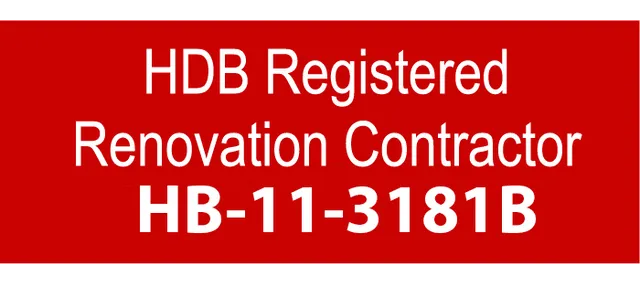




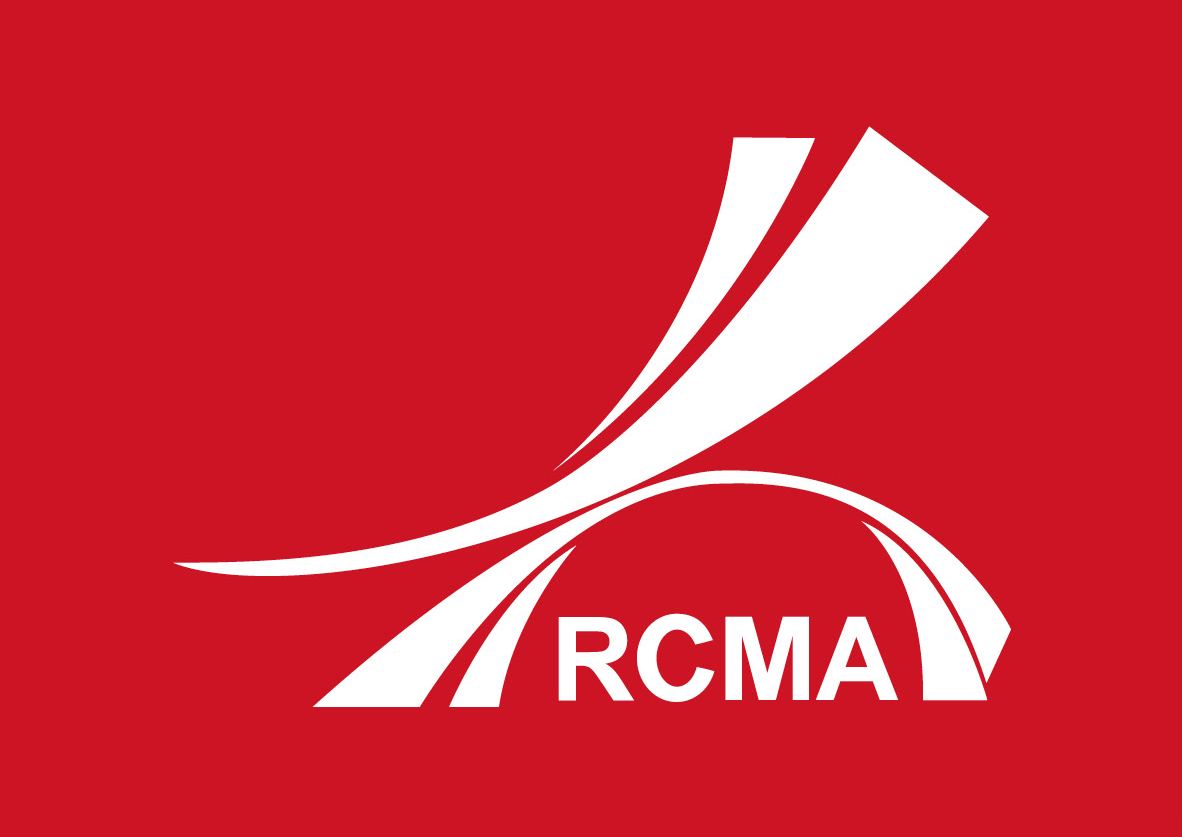
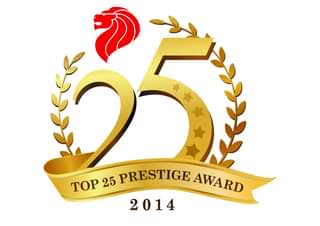


Accreditations
Trusted By Clients

